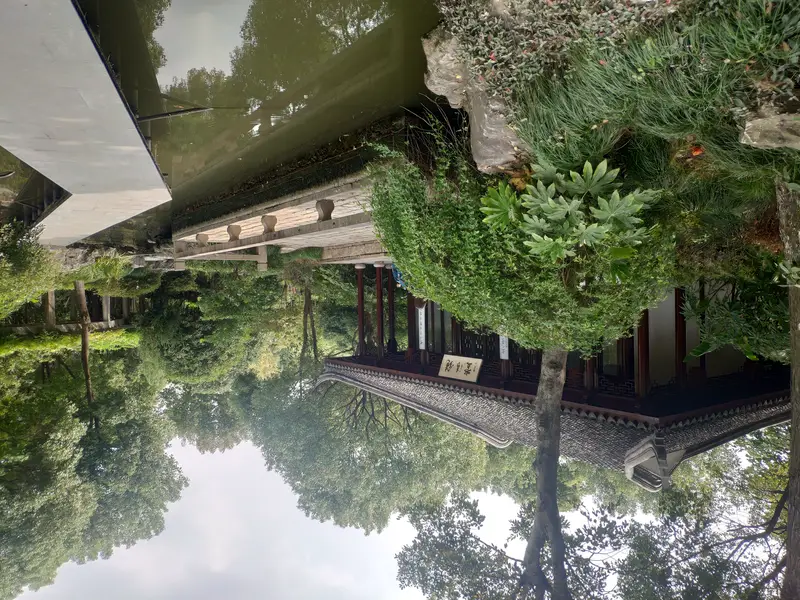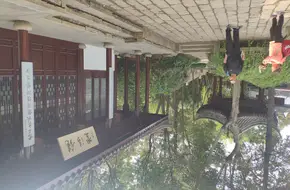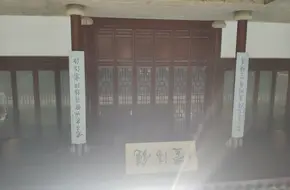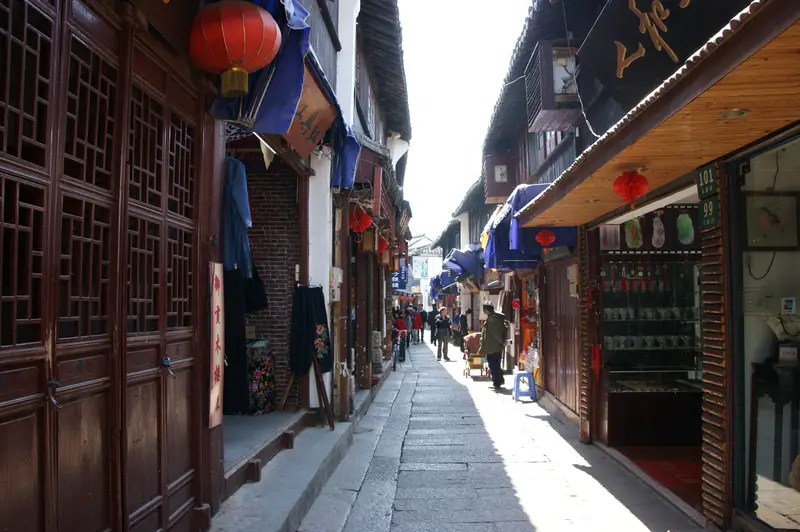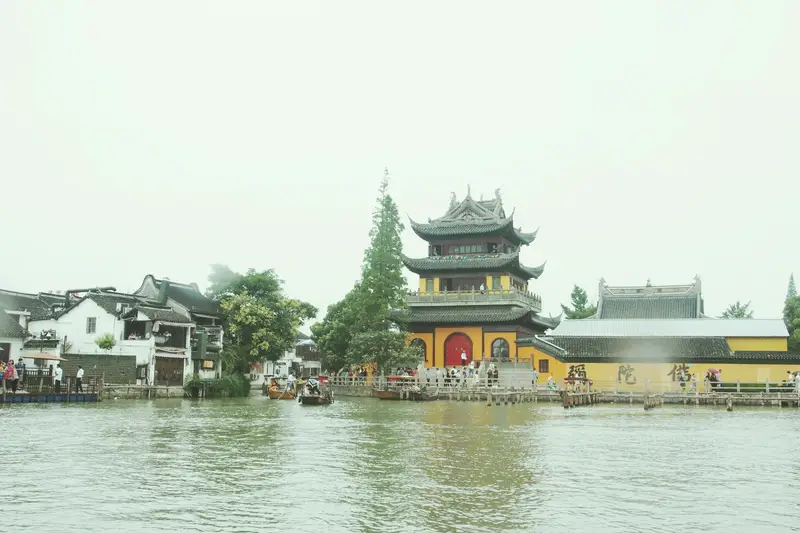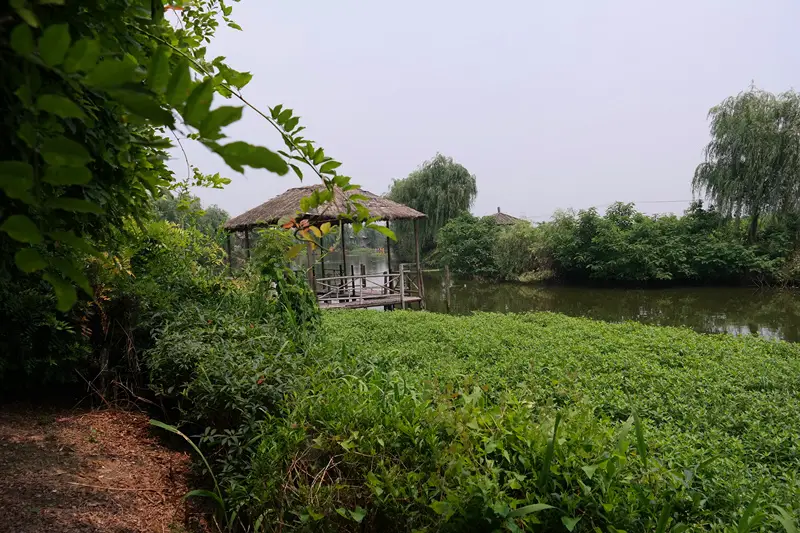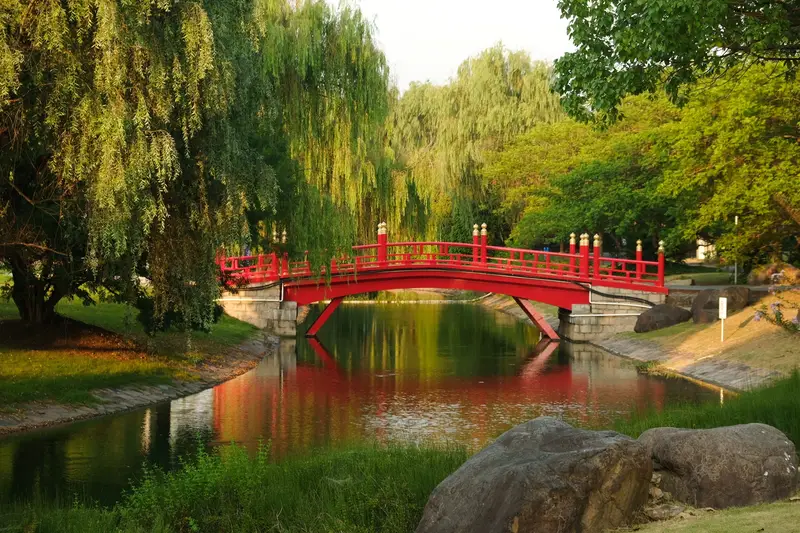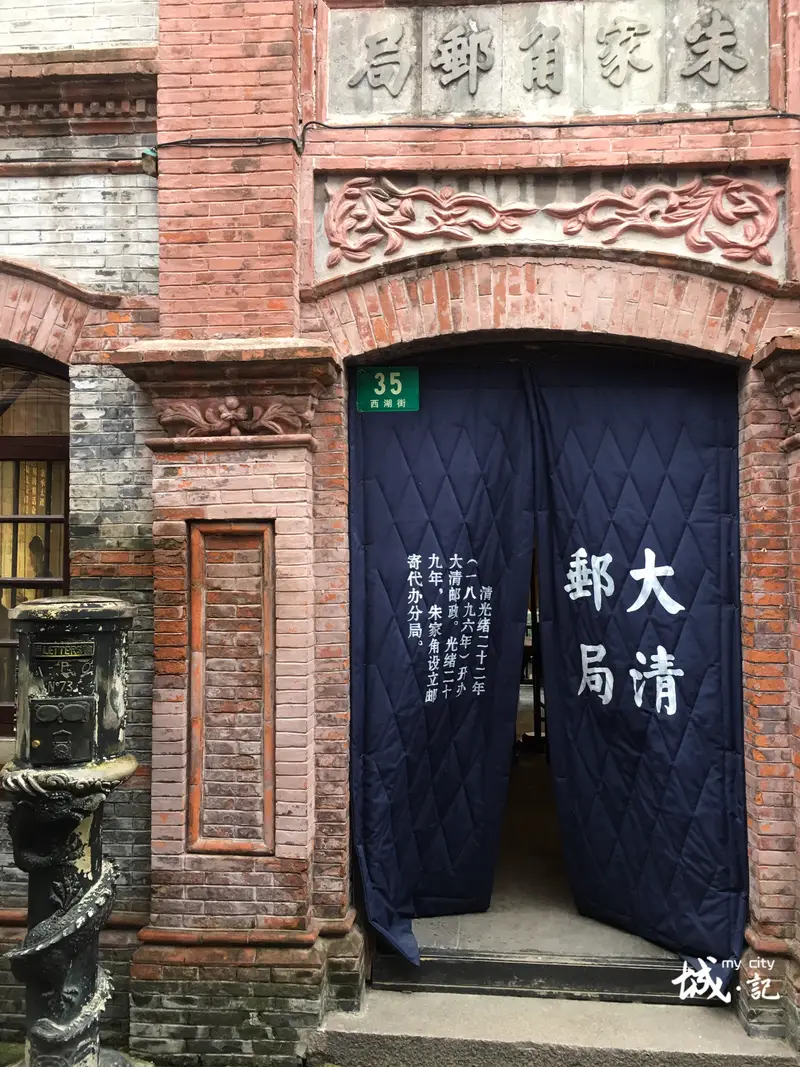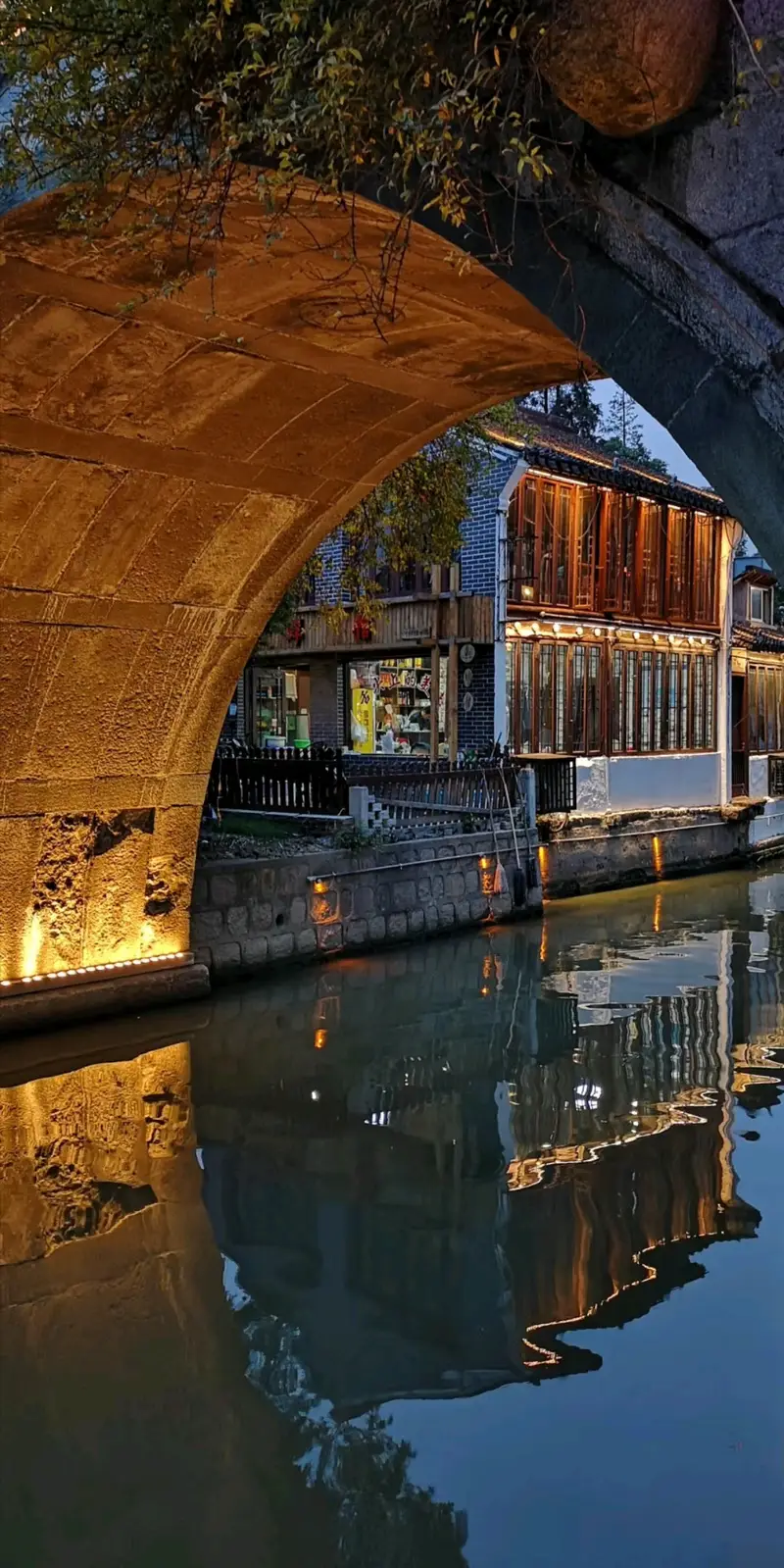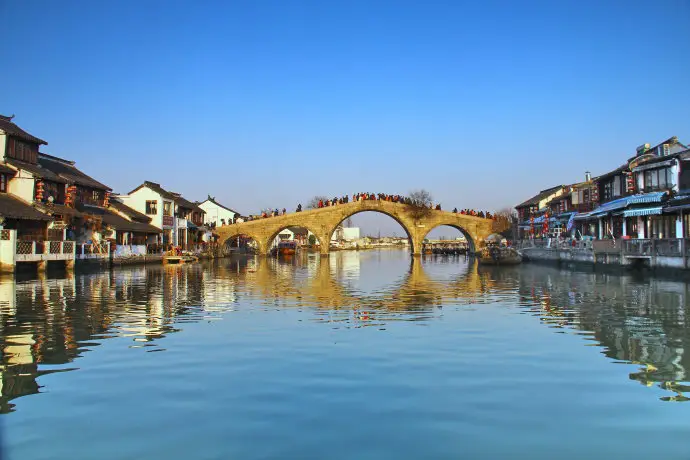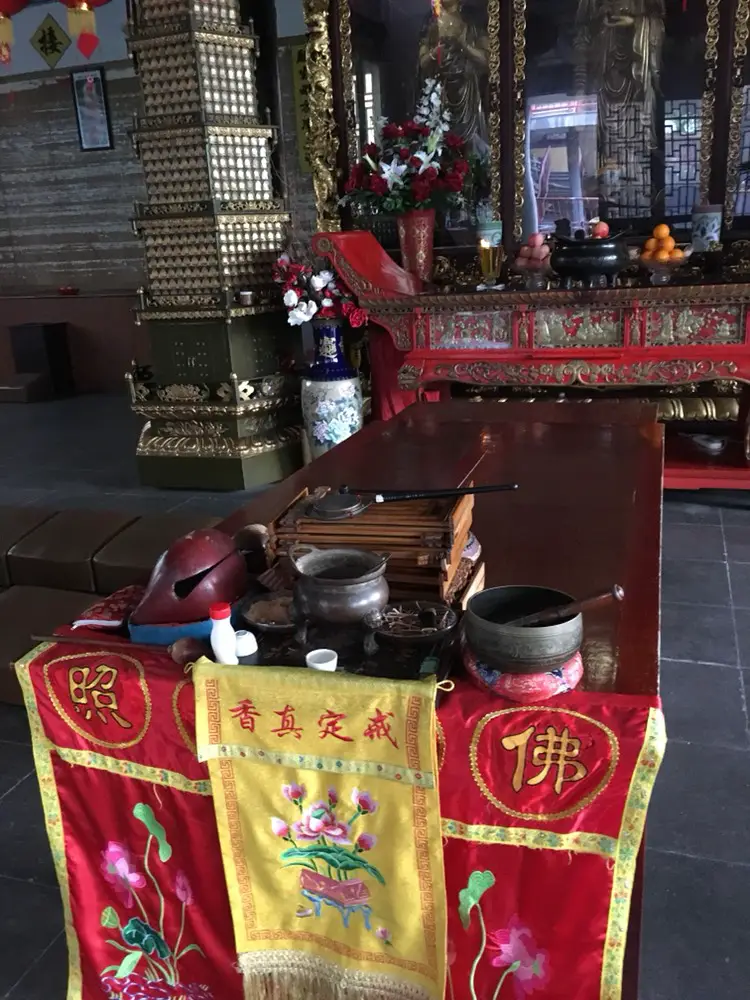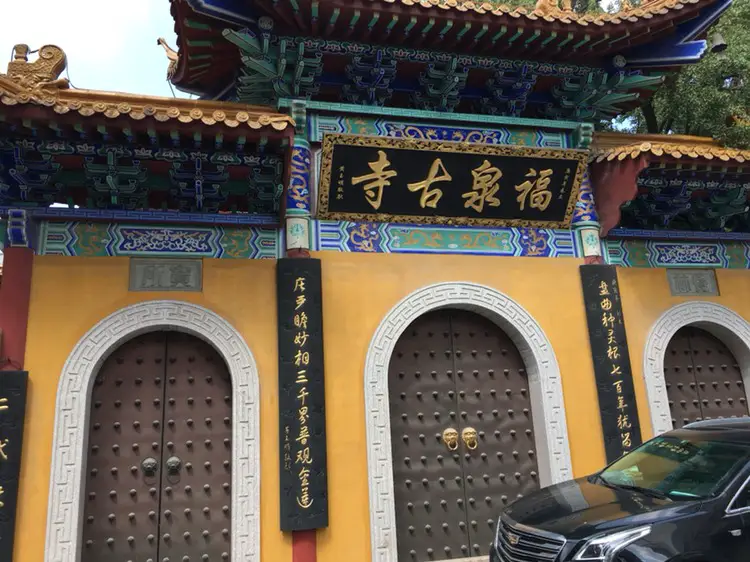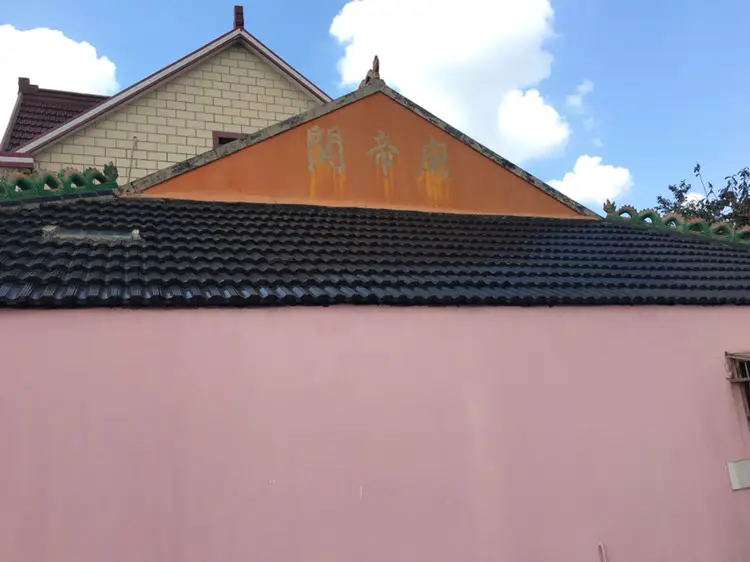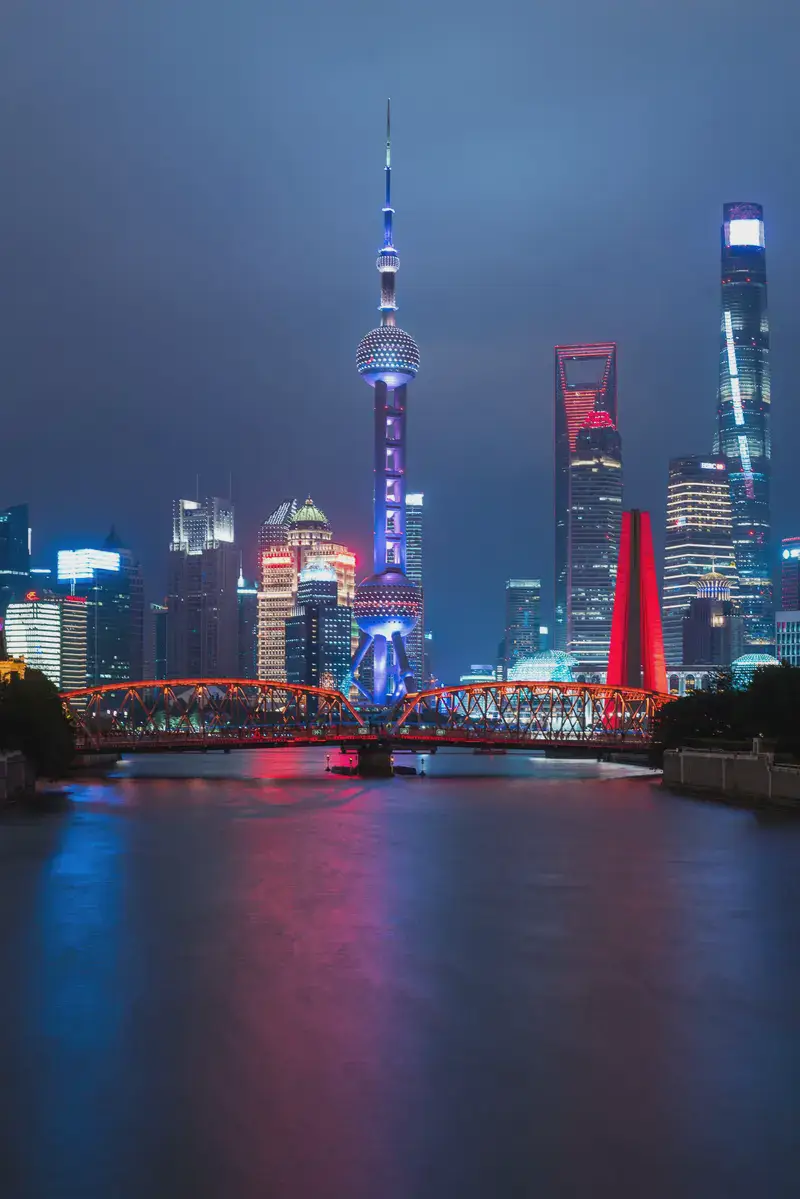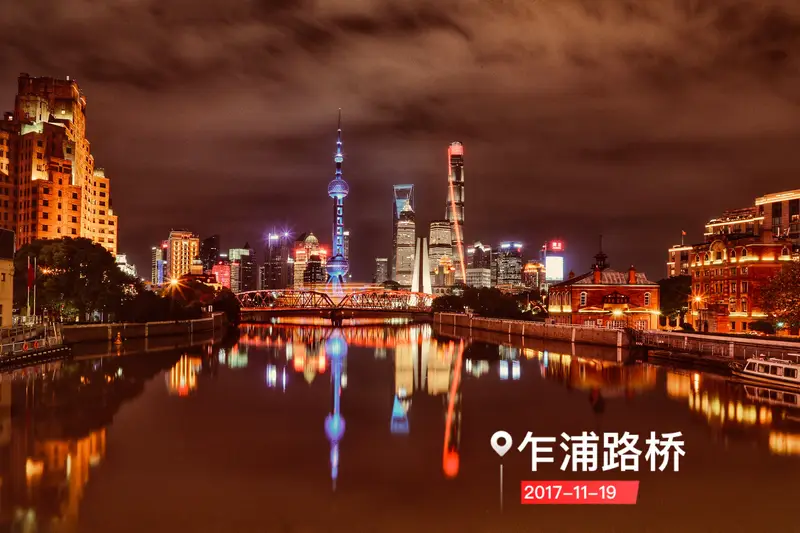Location & How to Get There
Jingqing Hall is tucked inside the Kezhi Garden (a historic estate in Zhujiajiao Ancient Town, Qingpu District, Shanghai). To reach here, take Metro Line 17 to Zhujiajiao Station, then walk 20 minutes through the town’s scenic streets. Alternatively, a taxi from downtown Shanghai takes about 1 hour. The garden sits by West Jingting Port, facing east—perfect for morning light photography!
Natural Scenery: A Blend of Water, Rock, and Greenery
The garden wraps around Jingqing Hall like a painting. You’ll find:
- Rockeries with twisting paths and miniature waterfalls.
- Lush bamboo groves and flower beds that change with the seasons.
- A lotus-filled pond reflecting the hall’s wooden rooftops.
- Ancient willow trees framing views of the nearby canals.
It’s like stepping into a Chinese watercolor—calm, colorful, and full of hidden corners for quiet moments.
Cultural Charm: History and Design
Jingqing Hall isn’t just pretty—it’s packed with stories. The Kezhi Garden was built in the 1930s by a wealthy family who blended scholarly vibes (hence the “study halls”) with farming traditions (hence the “rice village” area). The hall itself has:
- Classic Ming-Qing architecture: Upturned eaves, carved beams, and rectangular windows.
- Wooden panels painted with poems about nature and hard work.
- A layout that mixes formal rooms (for hosting guests) and cozy nooks (for reading or tea).
Fun fact: The name “Kezhi” means “studying and farming,” showing how old Chinese elites balanced brains and brawn!
What to See Inside Jingqing Hall
The hall is the heart of Kezhi Garden. Inside, you’ll find:
- Ancestral altars with vintage photos of the original family.
- Antique furniture like rosewood tables and carved daybeds.
- Wall murals depicting rural life—plowing fields, harvesting rice, and kids reading under trees.
- French doors that open to a stone courtyard, where sunlight filters through bamboo leaves.
Don’t miss the tiny rice paddy near the hall—a quirky tribute to the garden’s “farming” theme!
Extra Tips: Food, Photos, and Etiquette
- Eat: Nearby Daoxiang Village (part of Kezhi Garden) has tea houses serving local osmanthus cake and green tea.
- Photo spots: The hall’s reflection in the pond, red lanterns hanging in the courtyard, and the rockery at sunset.
- Respect: Remove shoes before entering wooden-floored rooms, and avoid loud talking—this is a tranquil spot!
- Hours: Open daily 8:30 AM–4:30 PM (check seasonal changes online).
Why Visit Jingqing Hall?
Unlike crowded Shanghai landmarks, this spot feels like a time capsule. You get:
- A glimpse of old China’s lifestyle (scholar gardens + farm culture).
- Peaceful walks away from tourist crowds.
- Instagram-worthy shots without trying too hard.
Plus, it’s easy to combine with a Zhujiajiao town tour—just add a few hours to explore the ancient bridges and riverside shops!
Come here to slow down, snap some beautiful photos, and imagine life as a mix of books and rice paddies. Jingqing Hall is Shanghai’s secret escape—don’t sleep on it!


